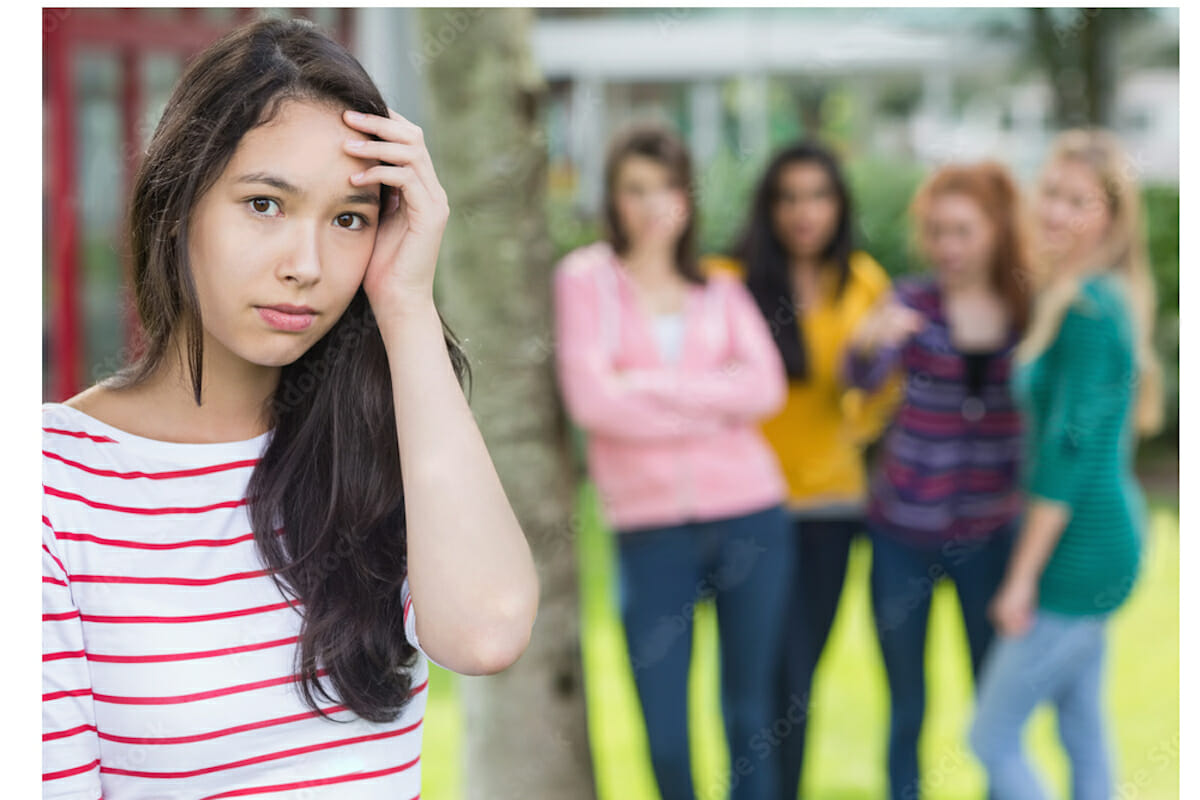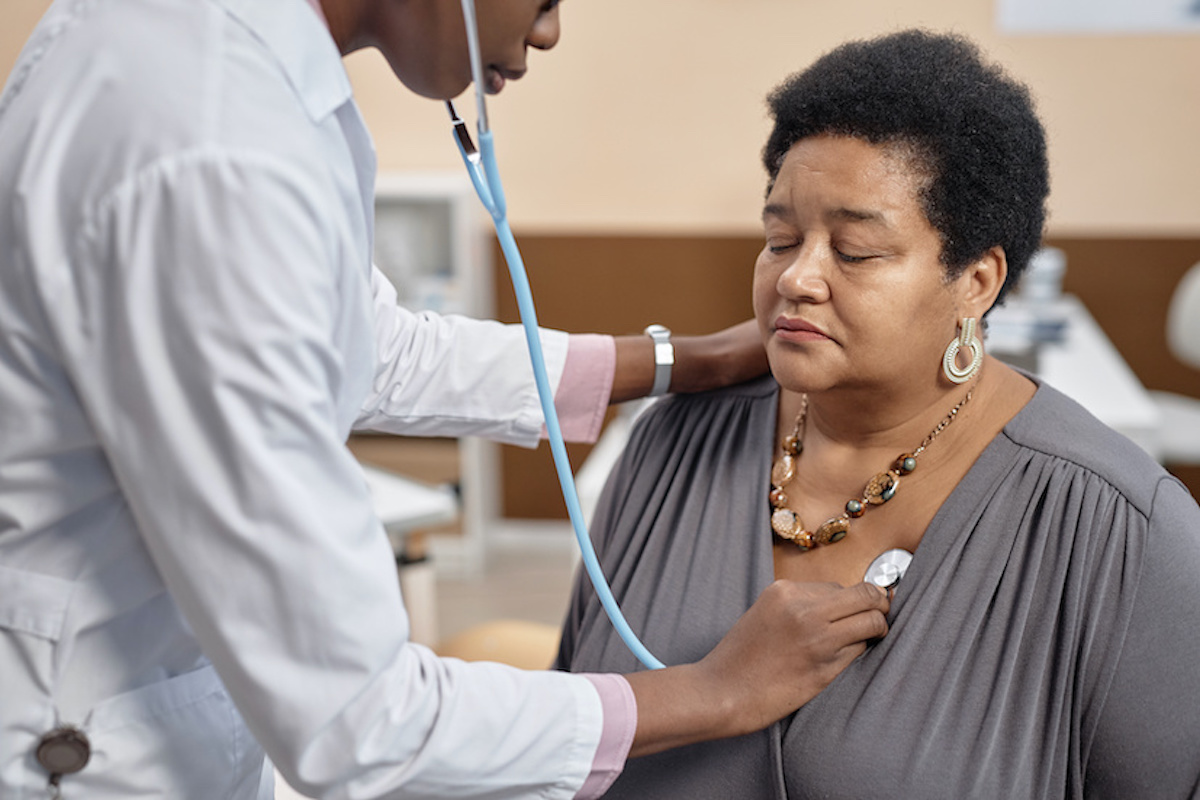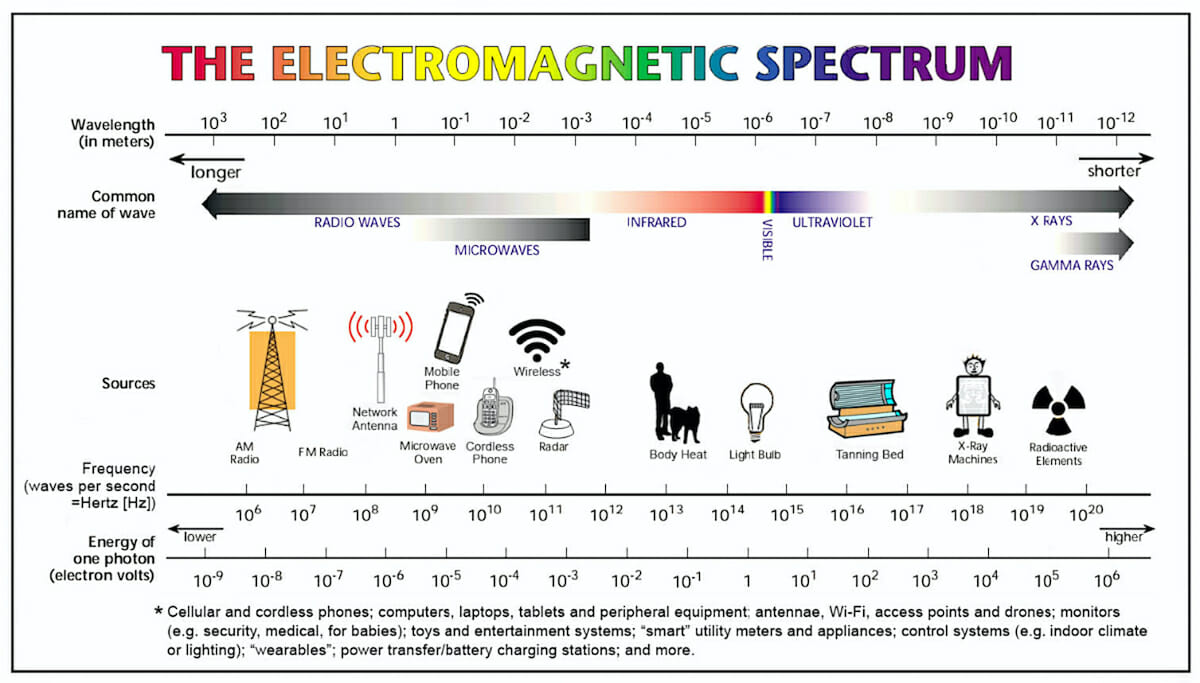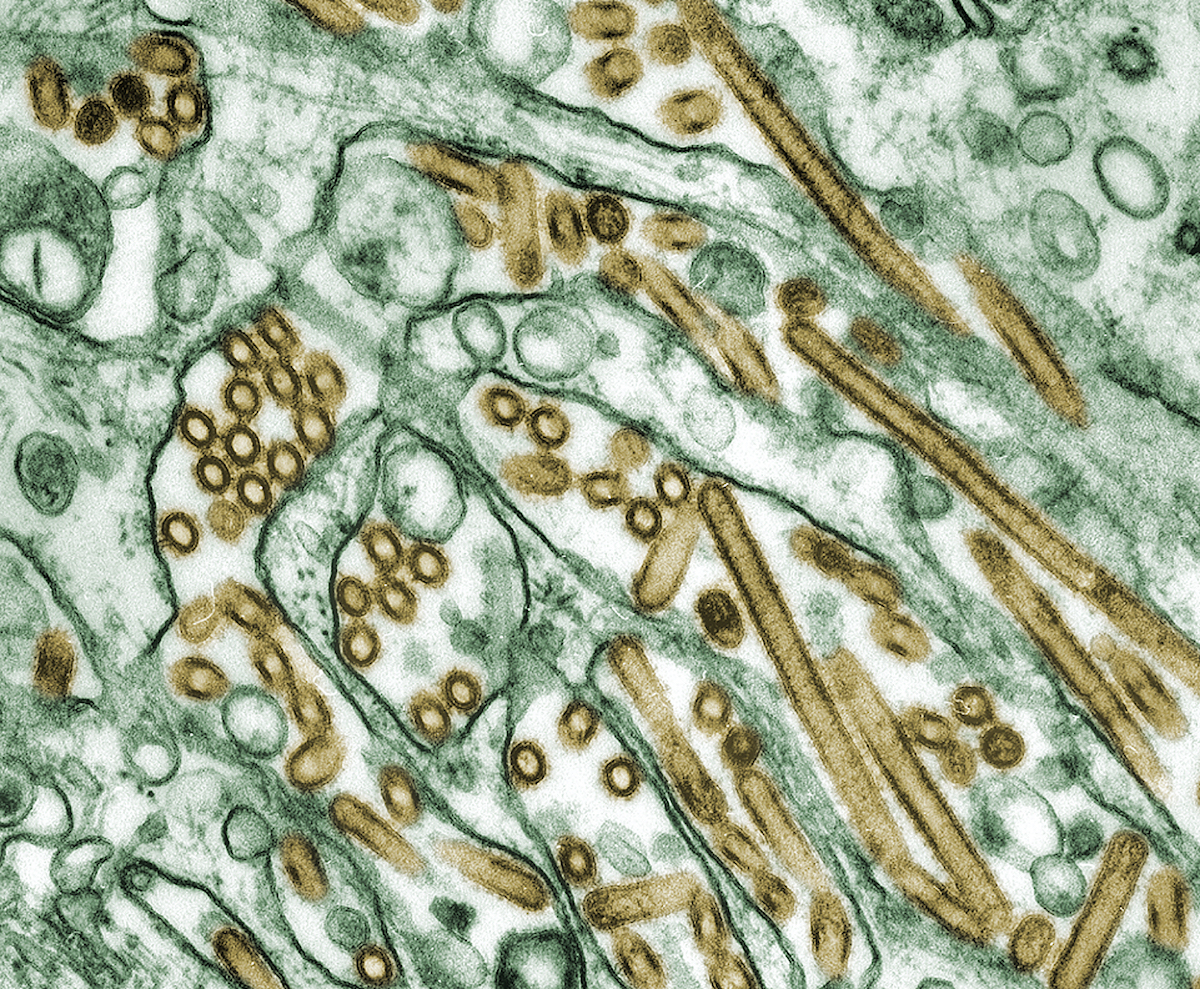Peer pressure to use alcohol and drugs can contribute to substance use disorders, potentially leading to addiction. Peer pressure can be both positive and negative, as in some cases, people may put pressure on others not to use recreational drugs and alcohol.
Peer pressure is also highly complex, as it is not always direct. It can sometimes manifest as indirect pressure, such as when a person perceives that many or even all of their peers use drugs.
Peer social norms can also act as a form of peer pressure. For example, if a person sees that their group of friends spends a lot of time drinking, they may feel pressure to drink, even in the absence of direct peer pressure.
Peer pressure interacts with many other factors, including family pressure and support, to affect the overall likelihood of alcohol and drug use. Research shows that people with certain personality traits may also be more vulnerable to peer pressure.
Peers play an important role in many people’s lives, especially in late childhood and adolescence when young people attempt to become more independent, gain acceptance, and build an identity. Peer pressure refers to the fact that peers can pressure one another to engage in certain behaviors—both positive and negative. Much of the research on peer pressure focuses on teenagers, due to the idea that they are more vulnerable to peer influence.
Peer pressure comes in many forms:
Environmental norms: A person may experience pressure to adhere to what is “normal” among their peer group. For example, if everyone smokes, a person may feel left out when all of their friends take a smoke break. As a result, they may join in, even if their friends never encourage them to smoke or even actively discourage it.
Direct pressure: Direct pressure comes in the form of peers urging a person to do something, such as by threatening them, telling them how fun something will be, or suggesting a person do something they might not otherwise consider.
Indirect pressure: Indirect pressure happens when peers indirectly influence a person’s behavior. Several studies have shown that teens are more likely to be friends with people who share their habits, such as smoking.
Many people see peer pressure as having negative effects, such as encouraging someone to smoke. However, it is important to note that peer pressure can also sometimes be positive. For example, a person’s friends may encourage them not to use drugs.
Groups that peer pressure commonly affects: Peer pressure can affect anyone and any group. However, a lot of social science research focuses on children and teens, who may seek the approval of peers as they move toward independence from their families. A 2020 study used a number of personality and peer influence measures to identify characteristics of adolescents who are more susceptible to peer pressure.
Those characteristics include:
having a higher sensitivity to rejection
rating peers as important
having lower levels of resistance to peer influence
being popular
Peer pressure and drug use: Peer pressure is a risk factor for drug use, including alcohol use, among both children and adults. A person may be especially vulnerable to peer pressure if they say that peer acceptance is important to them, or if they are sensitive to rejection. The perception that alcohol or drug use is expected may also act as a form of peer pressure. People may deliberately choose to use drugs to fit in and avoid rejection. Or peer pressure may be more subtle, slowly normalizing drug use and making it seem less threatening.
Can it lead to substance use disorders? The early use of drugs increases the lifetime risk of developing a substance use disorder. This suggests that children and teens who face high levels of peer pressure and give in to that pressure may have a higher lifetime risk of addiction.
Some other risk factors may further increase the risk of drug addiction. These include:
family history of substance misuse
lack of supervision from parents or caregivers
certain mental health conditions, such as depression or anxiety
favorable family attitudes toward drug use
family rejection, especially due to gender identity or sexual orientation
school issues, including a lack of a sense of connection to school
a history of abuse, especially sexual abuse
How to resist peer pressure: A person may be able to help resist peer pressure by:
Choosing peers who share their values and opinions: People will experience less negative peer pressure and more positive peer pressure when their friends do not use drugs or alcohol.
Practicing saying no to peers: A person can use whatever explanation they feel comfortable with, whether that involves being honest or making up an excuse.
Using a buddy system: Having at least one peer who does not engage in the behavior can make it easier to resist pressure in a group setting.
Harnessing the power of positive peer pressure: People with a history of substance use may find help and advice from support groups, including free 12-step programs.
Seeking help for certain issues: People who commonly experience difficult family situations, feelings of rejection and alienation, or rejection sensitivity may find that learning to manage these issues makes it easier to resist peer pressure.
It is vital to remember that a person does not have to do everything that their peers do.
Seeking help for addiction may seem daunting or even scary, but several organizations can provide support. If you believe that you or someone close to you is struggling with addiction, you can contact the following organizations for immediate help and advice:
Substance Abuse and Mental Health Services Administration (SAMHSA): 800-662-4357 (TTY: 800-487-4889)
National Suicide Prevention Lifeline: 800-273-8255
Summary: Most people want acceptance, especially in adolescence. Being subject to peer rejection can be very painful, and a person who feels unable to tolerate rejection may find it very difficult to resist using drugs and alcohol if their peers do so. For this reason, it is important to find peers who either do not use drugs or alcohol or accept those who do not.
People who feel overwhelmed by peer pressure may find strength and support from family members, friends, or a therapist. Children and teens who do not know how to handle peer pressure should talk with a trusted adult or invest in relationships with friends who do not use drugs or alcohol.
Resisting peer pressure may feel challenging, but people who truly care about their friends do not reject them solely because they do not use drugs or alcohol.
Source: https://www.medicalnewstoday.com/articles/peer-pressure-drugs?
Exclusive content from CARE magazine












